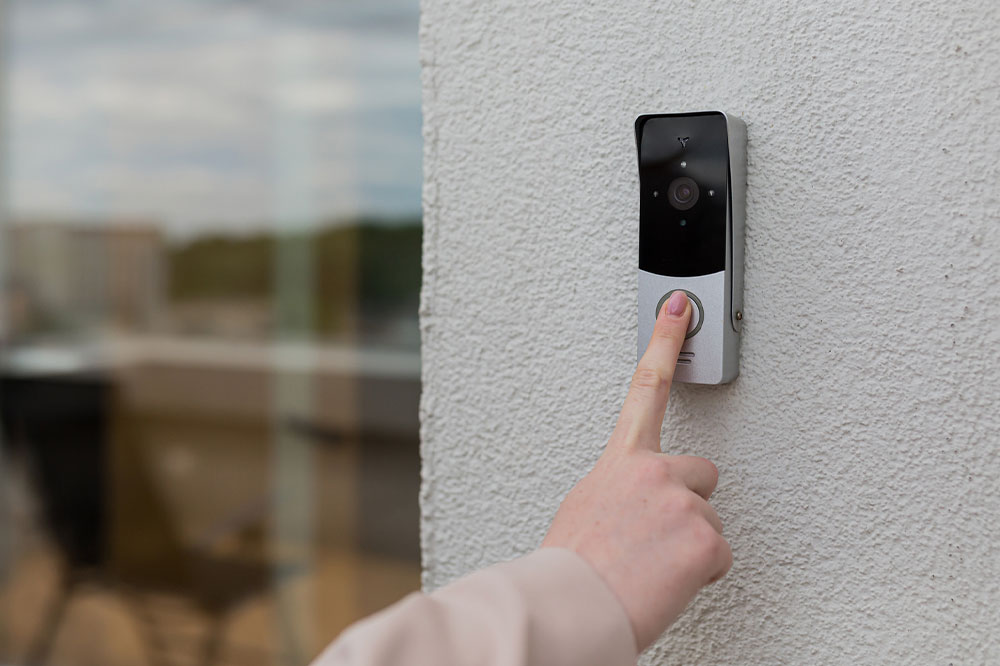8 mistakes to avoid when switching cell phone plans

A cell phone plan is necessary to access the internet and communicate with others. However, there’s no one-size-fits-all choice. A plan that benefits some may not suit others, so individuals should compare and research their options before signing up for the best one. Unfortunately, many make mistakes when switching cell phone plans, which causes unnecessary hassle. Here are eight such mistakes one should try and avoid as far as possible.
Choosing the wrong network provider
Choosing the correct network provider is vital to enjoy good connectivity. Our country has three major wireless networks offering different plans and network strengths. So, which one will be the best? To answer this question, one has to research. For example, individuals can use online tools that reveal how a particular network functions in a specific city. These tools evaluate networks based on parameters like upload speed, call performance, data performance, and network reliability. Using the tool is easy. Individuals must visit the website and enter their city or zip code to get each network’s ranking or coverage map.
Another way to check whether the new network provider will meet one’s needs is to seek recommendations and reviews from those in the neighborhood. It is a helpful step because a network’s performance may vary from street to street. Some carriers have excessive charges, poor network coverage, and unsatisfactory customer service, which one can learn about by speaking to others.
Not checking the billing statement
Before switching a cell phone plan, a critical step is to review one’s billing statement for the last three to six months. Reviewing billing statements can help individuals understand their phone usage. Consequently, they can choose a plan that fulfills their needs and avoid overpaying for services they may not require. For example, one may realize that their monthly data usage is only around 500 MB and thus avoid getting an unlimited plan. Alternatively, someone else may realize they often exceed their monthly data limit and pay extra for overage charges. Such individuals might find an unlimited data plan more practical.
Failing to compare plans
When considering a switch in cell phone plans, some sign up for the first option that fits, which is a big mistake. It is crucial to compare offerings before deciding because the market has different plans, each with different pricing, features, and coverage. Conducting an online search is a simple way to sort through the choices.
Ignoring MVNOs
In addition to the three major players, there are other smaller service providers known as Mobile Virtual Network Operators (MVNOs). These companies do not own cell towers but collaborate with one or more major carriers to offer competitive phone plans in different areas. Many times, one may be surprised to see such local operators offering much better deals, network coverages, and pricing than the big players. Those who are satisfied with their current network but are looking to cut back on expenses can explore MVNOs operating on the same network. This approach can allow consumers to save money while retaining the service quality they are used to.
Overlooking phone compatibility
Some cell phone carriers allow new customers to switch to their service using their current device instead of buying a new phone. However, before opting for this option, one should check the phone’s compatibility with the new carrier. Individuals can do this by simply entering their phone’s IMEI or MEID number on a compatibility checker online. These tools are also available on the carrier network’s official website. Not following through with this step can cause compatibility issues or service disruptions.
Not confirming if the previous service is canceled
One mistake people often make after porting to a new cell phone carrier is assuming their old service has been discontinued and forgetting about it entirely. While the number transfer automatically cancels the old service, confirming is always safer. Once the transfer is complete, one can call the old cell phone company to confirm the cancellation of their services.
Canceling the old service before the new one is active
The excitement of getting a new and improved phone plan may propel some to cancel their existing plan prematurely, leading to potential gaps in service. One needs to remember that the switching process can take some time, from a few minutes to a full 24 hours. So, individuals must wait until the new service is active. Usually, the new carrier lets the customer know once the transfer is successful, after which they can cancel their old service.
Switching at the wrong time
Many cell phone providers offer discounts or promotions during major holidays to attract more customers. Some even offer add-on benefits to military veterans, nurses, physicians, and teachers. So, if people are not in a hurry, they must wait for the right time to switch.
Network providers constantly change and upgrade to keep up with the competition and improve. One’s needs may also grow or lessen over time. So, reviewing one’s phone plan at least every twelve months is extremely important. Doing so lets one know if they need to switch to a new plan. Avoiding these mistakes when switching can help one pick the right plan and avoid unnecessary trouble.







